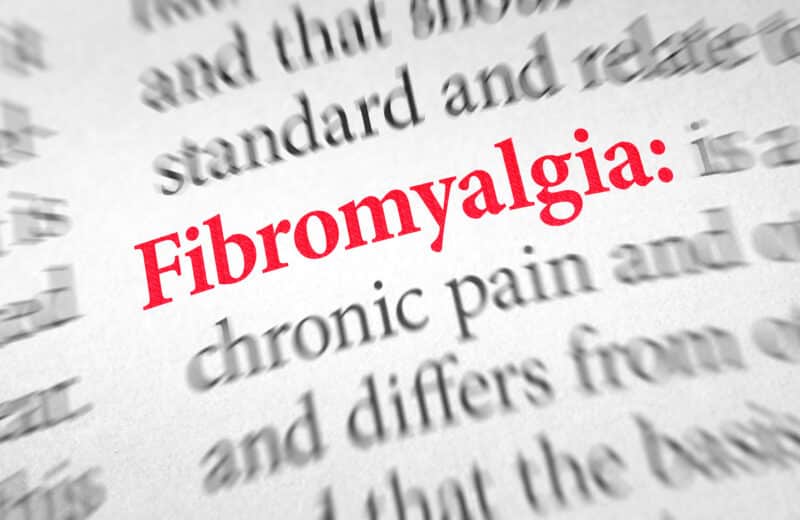Ryan Uitti, M.D., Neurology, Mayo Clinic, Jacksonville, Fla.
DEAR MAYO CLINIC: My father is 64 and was diagnosed with Parkinson’s last year. So far his symptoms are very mild, but I’m wondering what the typical progression of the disease is like. I have read that deep brain stimulation is sometimes recommended. When is this type of treatment usually considered? Is it safe?
ANSWER: The symptoms of Parkinson’s disease, or PD, tend to begin very gradually and then become progressively more severe. The rate of progression is hard to predict and is different from one person to another. Treatment for PD includes a variety of options, such as exercise, medication and surgery. Deep brain stimulation is one surgical possibility for treating PD, but it’s usually only considered in advanced cases when other treatments don’t effectively control symptoms.
Parkinson’s disease is a syndrome which typically has no known cause. The diagnosis is based on symptoms. Neurologists who specialize in movement disorders typically have the most experience with PD diagnosis and treatment. There are many symptoms of parkinsonism. The most common include excessive slowness and lack of movement, as well as shaking or tremor.
As in your father’s situation, symptoms are often mild at the outset. How quickly they get worse varies substantially, perhaps because there may be multiple underlying causes of the disease. In most cases, symptoms change slowly, with substantive progression taking place over the space of many months or years.
Many people with PD have symptoms for at least a year or two before a diagnosis is actually made. The longer symptoms are present, the easier it is to predict how a person with PD will do over time. In those who have tremor and symptoms on one side of the body only, the disease typically advances more slowly than in those without tremor who have symptoms that affect both sides of the body, as well as walking.
While life expectancy is marginally reduced, people with PD usually function quite well for many years. They are, however, at an increased risk to develop instability that could lead to falls. They also have a higher risk for dementia. These two possibilities represent the greatest potential difficulties for those with PD.
While no treatment is currently available to slow the natural progression of PD, this condition is by far the most treatable of all neurodegenerative disorders. The vast majority of patients see major improvements in their symptoms with treatment that includes exercise and medication. For example, most people who have PD are able to function better in their daily lives five years after they start medication treatment than they were before they started treatment.
Surgery is only rarely required to treat PD, and usually is in the form of deep brain stimulation. This procedure involves placing an electrode into the brain that is connected to a battery. It delivers a small electric discharge into the brain, which influences the brain circuitry and improves symptoms.
Most people who undergo surgery for PD have had symptoms for at least five years. Surgery can be helpful when medications don’t consistently control symptoms or when tremor persists despite medication. Serious complication rates for deep brain stimulation surgery are low, with most institutions reporting a 1 to 2 percent risk for serious side effects.
Several other disorders similar to PD, known as atypical parkinsonism, have a less favorable long-term outlook than PD. In some cases, it can be hard to distinguish these conditions from PD. After several years of symptoms, however, determining the correct diagnosis is relatively straightforward.
Working closely with his neurologist, it is likely that your father will be able to achieve acceptable PD symptom control. It’s important that he contact his physician if he notices changes in symptoms, so treatment can be adjusted as needed over time.
(Mayo Clinic Q & A is an educational resource and doesn’t replace regular medical care. E-mail a question to MayoClinicQ&A@mayo.edu. For more information, visit www.mayoclinic.org.)












